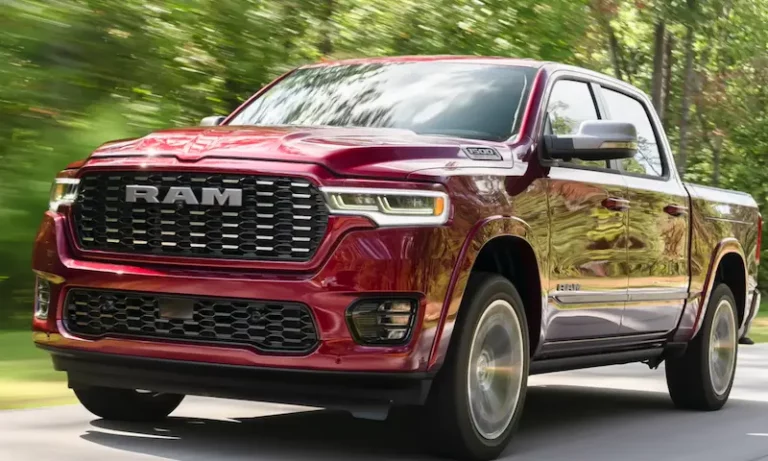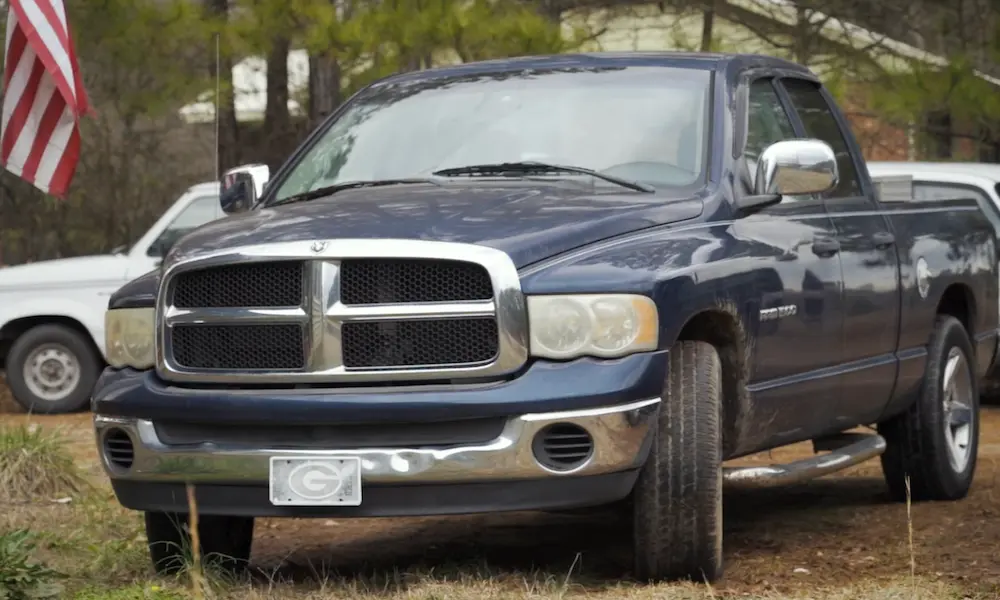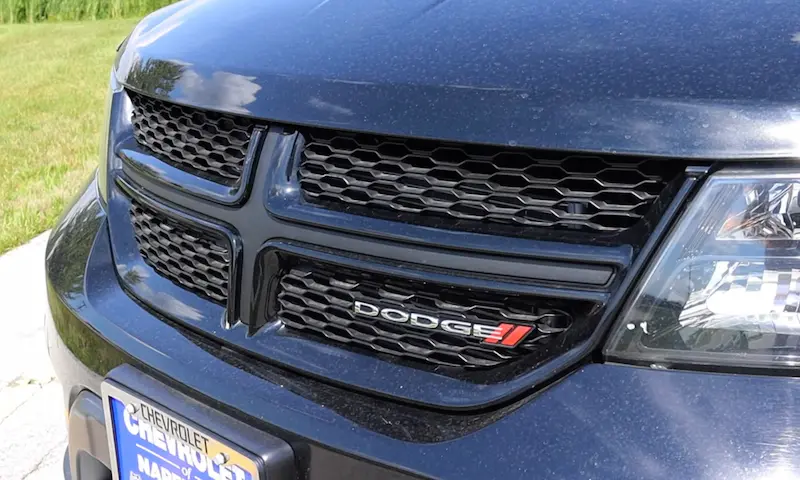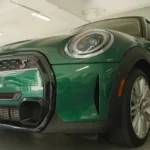Dodge Ram trucks are known for their powerful engines and smooth rides, but occasionally, owners may face issues with their shift solenoids. This small but crucial component plays a significant role in the proper functioning of your transmission, ensuring smooth gear shifts while driving.
If you notice your Dodge Ram experiencing rough shifts, delayed gear shifting, or getting stuck in certain gears, it’s possible that you have a faulty shift solenoid. Understanding common problems with this part can help you pinpoint the issue and seek the necessary repairs to maintain your truck’s optimal performance.
Common Dodge Ram Shift Solenoid Problems
One issue you might encounter with your Dodge Ram’s shift solenoid is hard shifting. This can make your driving experience quite uncomfortable and can put stress on your transmission. Hard shifting could be an indication of a bad or failing shift solenoid.
Another common problem is your vehicle stuck in gear or experiencing difficulty getting into certain gears. This can happen if your shift solenoid is not functioning correctly. It may cause your truck to slip out of gear while driving, which can be dangerous and cause further damage to the transmission.
You might also notice your Dodge Ram having rough shifting or jerking when accelerating or decelerating. This can happen when the shift solenoid is not able to smoothly transition between gears. It’s essential to address this issue as soon as possible to avoid potential damage to your transmission.
In some cases, the shift solenoid may be the cause of your Dodge Ram’s gear selector getting stuck in the Park or Neutral position. This can occur due to a malfunctioning shift interlock mechanism, a faulty Park/Neutral Safety Switch, or problems with the transmission control module.
You may see warning lights on your dashboard, indicating issues with your transmission shift solenoid. If you notice any of these lights, it is best to stop driving and diagnose the problem as soon as possible, as continuing to drive can cause further damage to your transmission system.
By being aware of these common Dodge Ram shift solenoid problems, you can take prompt action to address them and keep your vehicle running smoothly. Regular maintenance and paying attention to warning signs can help ensure a long and healthy life for your truck’s transmission.
Identifying a Faulty Shift Solenoid
Recognizing Shifting Issues
A faulty shift solenoid can cause a variety of problems in your Dodge Ram, making it essential to be able to identify the symptoms. One common sign is rough or delayed gear shifts. This happens when the solenoid is not opening or closing properly, preventing the transmission from shifting gears at the right time. This issue can cause the engine to rev up before shifting gears, resulting in slipping and jerking. Another indication of a faulty shift solenoid is difficulty shifting into certain gears or slipping out of gear while driving. It’s essential to pay attention to these signs so that you can address the problem promptly.
Diagnostic Trouble Codes
In addition to shifting issues, a faulty shift solenoid often triggers the check engine light. This light may come on even when there’s a problem with the transmission. When you encounter any of the aforementioned issues or the check engine light is illuminated, it’s crucial to diagnose the problem using an OBD2 scanner. This scanner helps you identify the specific trouble codes related to the faulty solenoid.
Common trouble codes associated with shift solenoids include the following:
- P0700: This generic code indicates that there’s an issue with the transmission control system. While it doesn’t specify the exact problem, it signifies that further diagnosis is necessary.
- P0750: This code points to a Shift Solenoid A malfunction.
- P0753: This code suggests a problem with the Shift Solenoid A electrical circuit, signaling that the solenoid might not be functioning correctly.
When you come across these trouble codes, it’s advisable to consult a professional mechanic to perform a thorough diagnosis and repair the faulty shift solenoid. Addressing the issue promptly ensures a smooth and safe driving experience for you and your Dodge Ram.
Causes of Dodge Ram Shift Solenoid Problems
One of the main underlying causes of shift solenoid problems in your Dodge Ram is the degradation of transmission fluid. Transmission fluid serves as both a lubricant for moving parts, such as the shift solenoid and the gears, and as a means to transmit fluid pressure when the solenoid activates to activate the valve body. As the fluid ages or overheats, it can become dirty and lead to problems with your shift solenoid.
Another potential cause of shift solenoid problems is fluid leaks. If your vehicle’s hydraulic fluid (transmission fluid) is leaking, it can lead to a lack of fluid pressure needed for proper shifting. As a result, you may experience rough or delayed gear shifts, slipping out of gear while driving, or difficulty getting into certain gears. It is essential to check for leaks and address them promptly to ensure smooth gear shifts and avoid transmission damage.
Additionally, a clogged or dirty transmission filter can lead to shift solenoid issues. Similar to problems caused by dirty transmission fluid, a clogged filter can impede the smooth flow of fluid in your vehicle’s transmission system. This can result in several symptoms, such as increased engine revving before shifting occurs or sudden jerking when accelerating or decelerating. Regularly inspecting and replacing your transmission filter can help prevent these issues and keep your shift solenoid working correctly.
Truck Operations Affected by Shift Solenoid Issues
When your Dodge Ram’s shift solenoid malfunctions, it can have a significant impact on your truck’s performance. One of the common symptoms is rough or delayed gear shifts, which may lead to slipping out of gear while driving. This can disrupt your truck’s overall smoothness and cause it to feel sluggish on the road.
Limp mode may also be triggered due to a shift solenoid issue, especially when your truck encounters difficulty getting into certain gears or experiences increased engine revving before shifting occurs. Limp mode is designed to protect your vehicle from further damage by limiting its functionality, which can hinder your overall driving experience.
As a result of these shift solenoid issues, you may notice a decrease in fuel economy. Hesitation and slippage caused by these problems will force your engine to work harder and consume more fuel. This can lead to higher costs and a reduced overall driving range.
Skipping gears is another potential consequence of shift solenoid malfunction. Instead of smoothly transitioning from one gear to another, your truck might jump gears without warning, causing sudden jerks and discomfort for you and your passengers.
The valve body—located within the transmission—coordinates the shift solenoid operations and ensures proper gear engagement. If the valve body is damaged or malfunctioning, it can exacerbate solenoid-related issues, ultimately worsening the truck’s performance and putting added strain on the transmission system.
Repairs and Replacements
Safety Measures in Shift Solenoid Replacement
When dealing with Dodge Ram shift solenoid problems, it’s crucial to prioritize safety. Before starting any repair or replacement process, ensure your vehicle is properly secured and parked on a level surface. Next, disconnect the negative battery terminal to prevent any electrical accidents. It is also essential to wear safety glasses and gloves to protect your eyes and hands from any potential hazards.
Replacement and Repair Processes
To properly address a faulty shift solenoid, begin by diagnosing the issue using OBD2 scanner to ensure it is the cause of transmission problems. If a shift solenoid is indeed the culprit, you’ll need to decide if it’s best to replace the solenoid or opt for a more comprehensive repair like a valve body replacement or transmission rebuild.
During the replacement process, you’ll need to locate the solenoid, which is typically found within the transmission. Be prepared to remove the transmission pan, and possibly the valve body, to access it. Observe the affected solenoid and its wiring for potential damages. Replace the solenoid and any other damaged components, and don’t forget to perform a transmission fluid change.
Although you can perform these repairs yourself, it’s always best to consult a qualified mechanic to avoid any unnecessary risks or complications. A professional can help diagnose the exact issue and guide you to the most efficient solution.
Associated Cost Factors
The cost of a shift solenoid replacement can vary depending on several factors. The price of the solenoid itself ranges between $100 and $300, but the total cost, including labor, may be higher. Automatic transmission valve body replacements can cost around $500 to $1,000, whereas a full transmission rebuild, which often includes solenoid replacement, may range from $1,500 to $4,000.
Keep in mind that additional expenses, like a transmission fluid change or addressing other transmission-related issues, can increase the overall cost. It’s essential to weigh your options and consider factors such as the age and condition of your vehicle before deciding on the best course of action.














